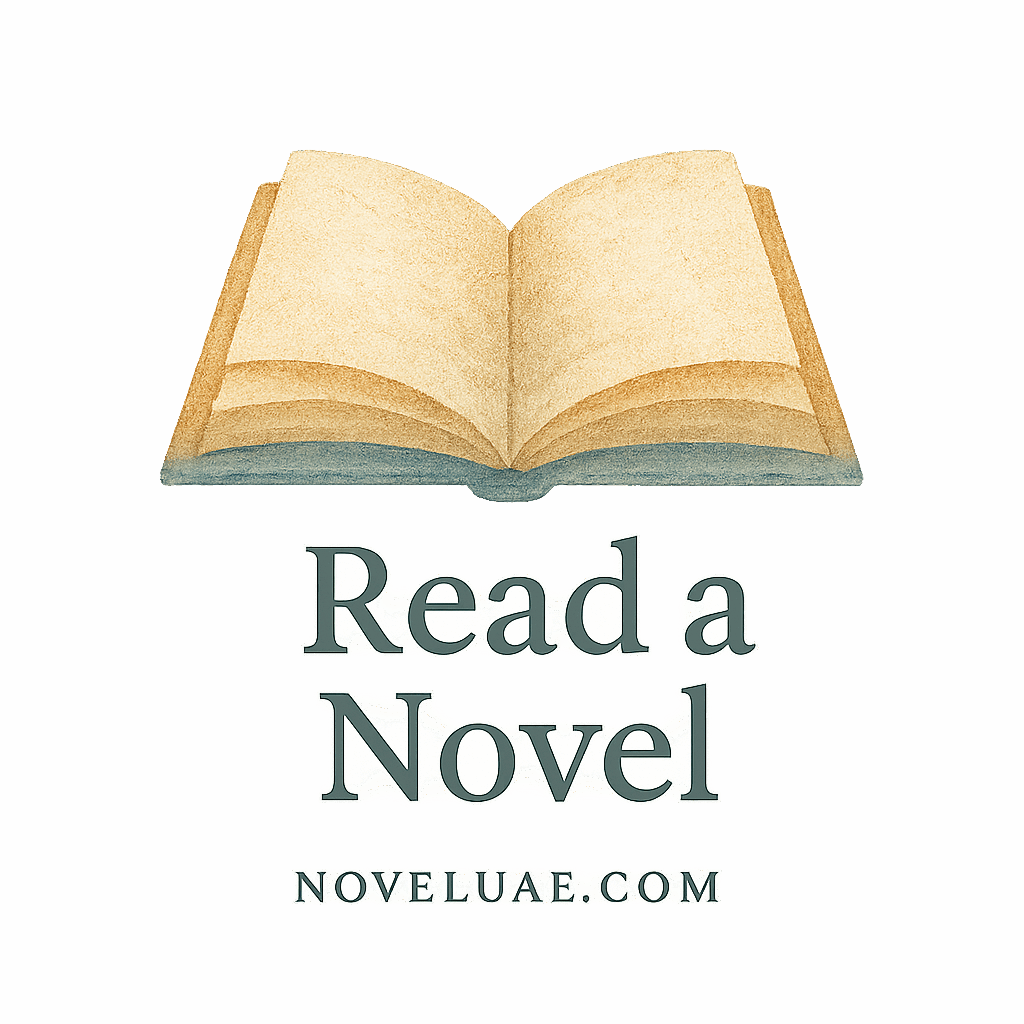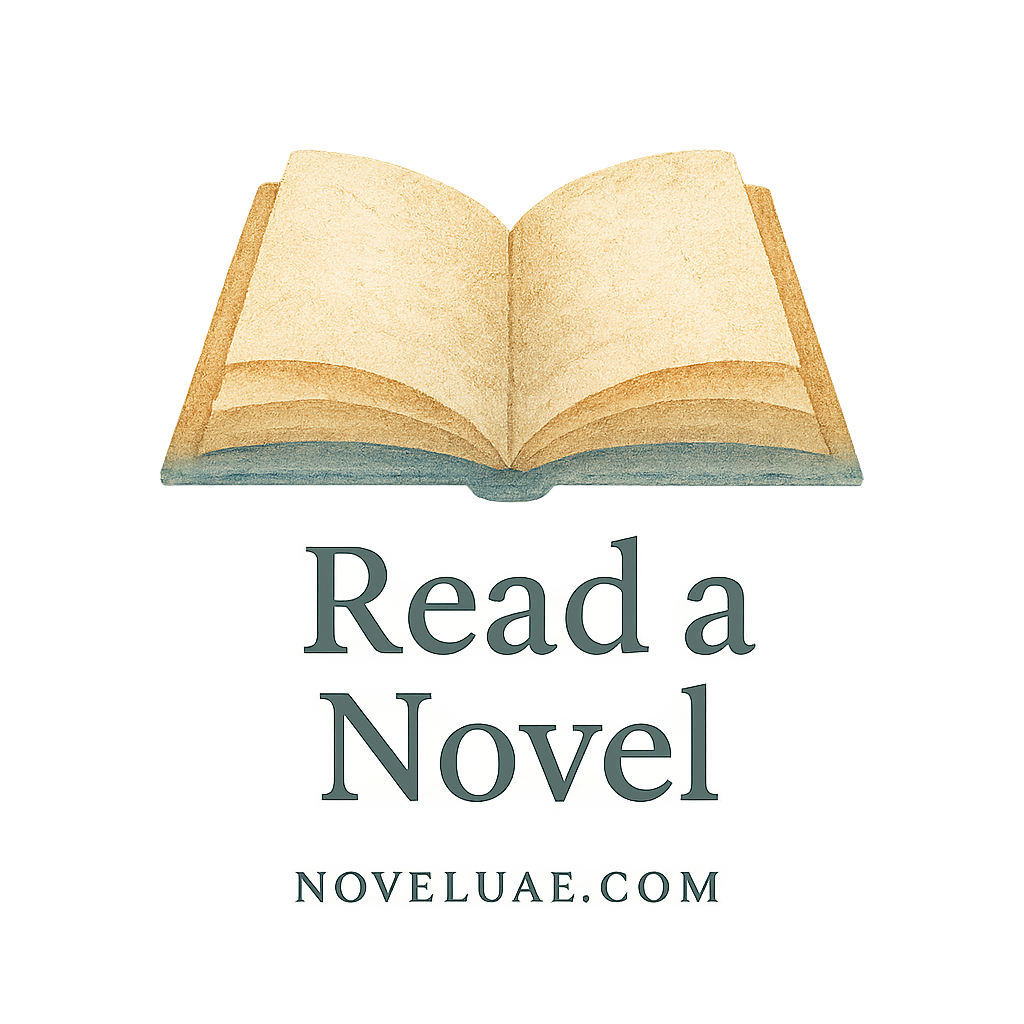Introduction
Ever read a book you just couldn’t put down? You laughed, you cried, and when it ended, you stared at the ceiling like something had changed. That’s the magic of a well-crafted novel. But what exactly makes a novel unforgettable? In this post, we’re diving into the 10 key elements every novel should have — think of it as your personal beginner’s guide to novels.
Whether you’re a writer crafting your debut story or an avid reader looking to understand what makes your favorite books tick, this guide unpacks the core ingredients that give a novel its spark. And yes, we’ll sprinkle in some handy internal links to help you dig deeper into each literary layer.
1. Gripping Plot Structure
Why Plot is the Backbone of a Novel
Let’s be real — no one wants to read a novel where nothing happens. The plot is the heartbeat. It drives the story forward and gives readers a reason to keep turning pages. Whether it’s a dramatic romance, a nail-biting thriller, or a whimsical fantasy, every novel needs a solid plot structure.
Classic vs. Complex Plot Designs
Some novels thrive on simple, linear plots, while others juggle multiple timelines or character arcs. Consider brushing up on plot mechanics to keep things cohesive without confusing your reader.
2. Memorable Characters
Protagonists, Antagonists & Sidekicks
Readers fall in love with characters, not plots. You need a compelling protagonist, a convincing antagonist, and a supporting cast that brings balance. Think Harry Potter, Voldemort, and Hermione — each memorable, each necessary.
Creating Relatable and Realistic Characters
Flaws make characters human. Dive into their fears, goals, and dreams. Check out our piece on understanding novel elements to develop emotionally rich personalities.
3. Engaging Conflict
Internal vs. External Conflict
Conflict keeps the reader emotionally invested. Will the hero overcome his doubts? Will the lovers reunite? Whether it’s a story tension or an all-out war, conflict is non-negotiable.
The Role of Conflict in Plot Development
Good conflict moves the story along. It deepens character development and raises the stakes. Explore different types of conflict to add more layers to your tale.

4. Theme and Message
Subtlety vs. Obvious Messaging
A novel’s theme ties the story to universal human truths. Think love, loss, freedom, or identity. But don’t get preachy. Let your message unfold naturally, like a blooming flower.
5. Pacing and Rhythm
Avoiding Info Dumps
You’ve got a rich backstory, we get it — but dumping it all at once kills momentum. Space it out. Let readers discover your world as they go.
Building Suspense Through Rhythm
Short, punchy sentences quicken the pace. Long, flowing paragraphs slow it down. Use both to keep your reader hooked. For more reading strategies, check out our guide.
6. Narrative Voice and Point of View
First-Person vs. Third-Person Narration
Each POV offers unique intimacy. First-person draws readers into the character’s mind. Third-person offers broader scope. Use what best suits your story.
Voice That Matches Tone
Narrative voice should complement the theme. A witty voice suits a rom-com, while a serious tone works for dystopian tales. For examples, browse our genre-based insights.
7. Setting and World-Building
Immersive Descriptions
Show, don’t tell. Make readers feel the cobblestone streets under their feet or the cold steel of a spaceship hull.
Making the Setting a Character Itself
In some stories, the setting IS the story. Think Hogwarts or Middle-earth. Your world should breathe, evolve, and interact with your characters.
8. Dialogue That Rings True
How Dialogue Reveals Personality
People talk differently. Accents, slang, sentence length — it all reveals character. Great dialogue reveals without explaining.
Pacing Dialogue for Realism
Keep it snappy and real. Avoid over-explaining. Sometimes, what’s left unsaid says the most.
9. Story Structure and Arcs
The Three-Act Structure
Start. Struggle. Solution. It’s a classic for a reason. This structure gives your story a satisfying rhythm.
Hero’s Journey and Other Frameworks
Want something more dynamic? Try the Hero’s Journey or other story structure models to shape your narrative.
10. Emotional Connection
How Emotion Keeps Readers Hooked
You want your readers to cry, cheer, gasp — feel something. Emotional resonance is what turns a good novel into a great one.
Using Empathy to Drive Investment
Empathy makes characters unforgettable. Dive deep into motivations and vulnerabilities. Stories driven by emotion often lead to discovery and transformation.
Conclusion
And there you have it — the 10 key elements every novel should have. From gripping plots to deep emotional connections, each piece is a gear in the beautiful, complex machine that is a great novel. Whether you’re plotting your next big idea or revisiting a classic read, keep these in mind.
Want to take your reading or writing game even further? Check out these resources on novel selection, writing tips, and productivity hacks.
FAQs
1. What’s the most important element in a novel?
The plot is essential, but emotional connection arguably makes the biggest impact on readers.
2. Can a novel succeed without conflict?
Not really. Conflict creates tension and keeps readers engaged.
3. How do I choose the right point of view?
Think about your story’s intimacy and scope. First-person for closeness, third-person for breadth.
4. What’s a good theme for a first novel?
Themes like self-discovery, love, and overcoming fear resonate widely and are great for beginners. Check our beginner guide for more.
5. How do I avoid info dumps in world-building?
Weave in details gradually through action, dialogue, and character experience.
6. Is emotional connection really that critical?
Absolutely. Without it, even the best plot can feel empty.
7. How do I structure a novel for better pacing?
Use a proven framework like the Three-Act Structure or Hero’s Journey, and consider tools like speed-reading or reading lists to study pacing techniques.


